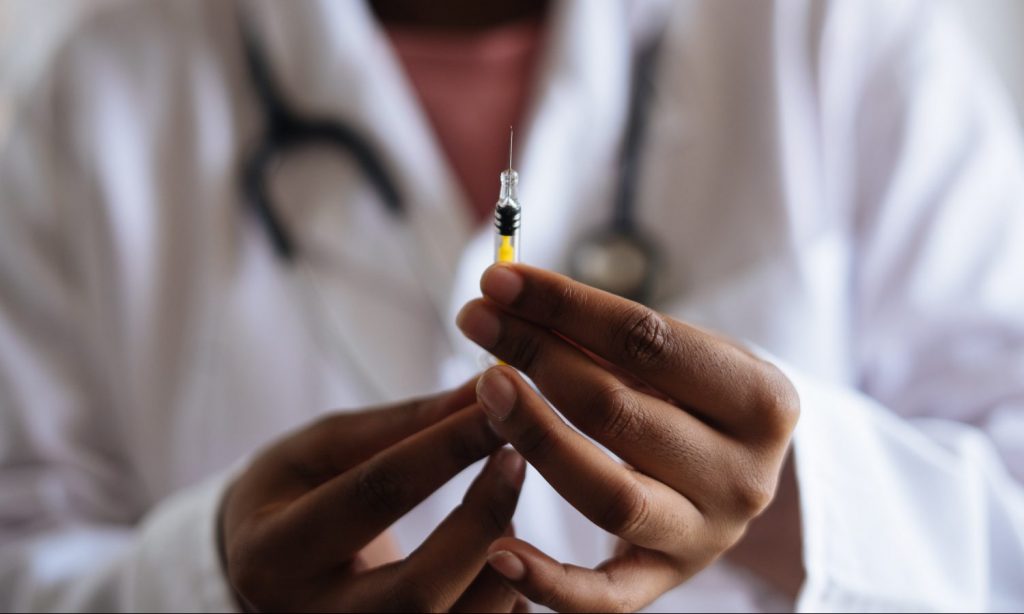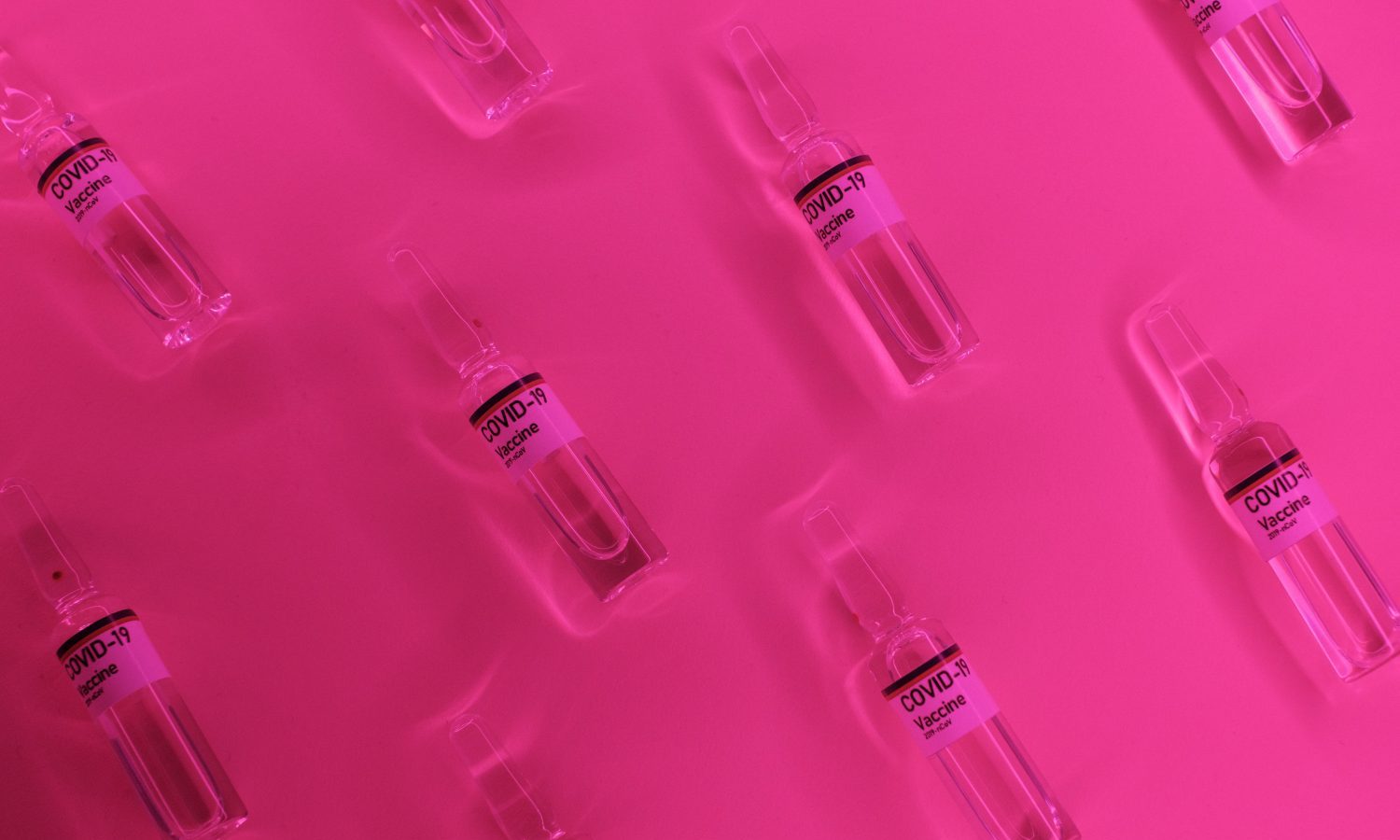The distribution of the COVID-19 vaccine hasn’t gone according to plan. Here’s why some states have fallen behind and why some are moving faster.
COVID-19 vaccinations are available, but they’re making their way into qualified patients slowly as the government struggles to establish a solid vaccine distribution plan. Still, some states are doing better than others, with experts trying to understand what’s working for them and what’s going wrong with the states that haven’t vaccinated as many people as they wanted.
There’s a huge discrepency between the vaccines that have been distributed by the government to each state and the amount of people that have been vaccinated. While plans have changed on a daily basis, with different governors expanding on who can be vaccinated, the CDC reports that only 39% of the distributed vaccines have been administered to patients.
CNN reports that 9 states have managed to distribute more than half of the doses they received. Leading the nation, with 65% of vaccine distribution, are North Dakota and West Virginia.

According to experts, states that are doing better at administering vaccines prioritize planning and communication, utilizing lots of local partnerships. “There’s daily communication, with the opportunity for partners to share feedback on what’s working and what’s not. Open lines of communication are ongoing,” said Daniel Bucheli, South Dakota’s director of communications for the state health department.
RELATED: COVID-19 Viral Loads Matter — Here’s What That Means
These states are also putting pressure on healthcare workers to administer their vaccines, with the state of Colorado pressuring health care workers to administer vaccines within 72 hours of having received it. If the vaccine is not administered, it’ll be moved to another hospital or center, so other people can be vaccinated.
States have relied on partnerships with CVS and Walgreens or have taken full ownership of vaccine administration, relying in their own plans instead of the one handed out by the federal government. Another influencing factor is that a large number of the fastest states are rural, with fewer healthcare systems and a smaller population, making for a more simple process.
RELATED: 5 Most Common Face Mask Mistakes
Each state’s situation is different, with governors approaching their situation individually. While clear communication and setting timelines for when the vaccine should be distributed is necessary, states with larger populations might have more on their plate, making it more difficult to distribute the vaccine as efficiently as the situation asks for.


